Home>Technology>Smart Home Devices>How Thick Is Standard Printer Paper
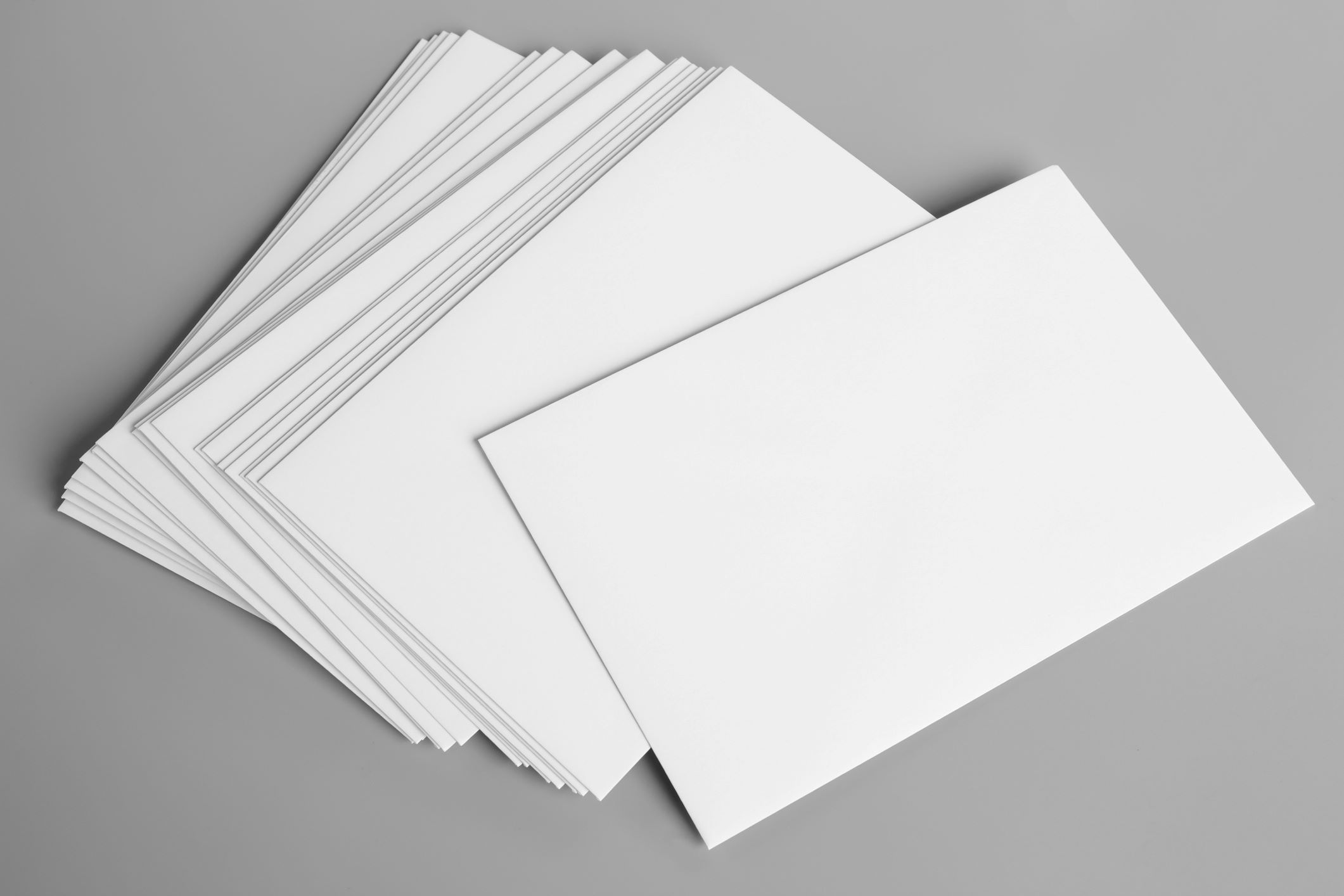

Smart Home Devices
How Thick Is Standard Printer Paper
Modified: January 20, 2024
Discover the ideal thickness of standard printer paper and how it relates to smart home devices. Learn about the best paper options for your printing needs.
(Many of the links in this article redirect to a specific reviewed product. Your purchase of these products through affiliate links helps to generate commission for Storables.com, at no extra cost. Learn more)
**
Introduction
**
Hey there, let's dive into the fascinating world of printer paper thickness! Have you ever paused to ponder the thickness of the paper that emerges from your printer? It's one of those everyday marvels that often goes unnoticed. But fear not, for we're about to embark on an illuminating journey through the dimensions of printer paper.
Printing documents and images is a routine task in both offices and homes. The paper used for these printouts comes in various thicknesses, and understanding these differences can significantly impact the quality and durability of your printed materials. In this article, we'll explore the standard thickness of printer paper, the history behind it, the different types available, and why paper thickness matters. So, buckle up and get ready to unravel the mysteries of printer paper thickness!
**
Key Takeaways:
- Printer paper comes in various thicknesses, with the standard being “20-pound bond paper.” Understanding paper thickness helps ensure quality prints and durability for different printing needs.
- Different types of printer paper, like matte, glossy, and cardstock, cater to specific printing requirements. Choosing the right paper thickness enhances the visual appeal and longevity of printed materials.
Read more: What Is A Standard Mattress Thickness
History of Printer Paper
**
Before delving into the standard thickness of printer paper, it’s intriguing to explore the historical evolution of this essential medium. The concept of paper dates back to ancient civilizations, with the earliest known papermaking processes originating in ancient China around 105 AD. Initially, paper was crafted from materials such as hemp, silk, and bamboo, offering a rudimentary yet revolutionary medium for writing and record-keeping.
As the art of papermaking spread across the globe, different cultures refined the process, leading to the development of various paper types. Fast forward to the invention of the printing press by Johannes Gutenberg in the 15th century, and the demand for consistent, standardized paper became increasingly apparent. This pivotal moment in history marked the transition from handcrafted paper to mass-produced sheets, setting the stage for the modern printer paper we use today.
With the advent of digital printing technologies, the need for precise paper thickness became even more critical. Printers, ranging from inkjet to laser models, require specific paper thicknesses to produce optimal results. From the early days of coarse, uneven paper to the meticulously engineered sheets available today, the evolution of printer paper has been a testament to human ingenuity and the pursuit of excellence.
Understanding the historical backdrop of printer paper allows us to appreciate the meticulous craftsmanship and technological advancements that have shaped this seemingly mundane yet indispensable product. Now, let’s venture into the realm of standard paper thickness and its significance in the modern age.
**
Standard Thickness of Printer Paper
**
When it comes to the standard thickness of printer paper, precision is paramount. The most commonly used paper thickness for printing is referred to as “20-pound bond paper.” This term may seem perplexing at first glance, but fear not – it’s simply a standardized measurement that denotes the weight of a ream of paper. In this context, “20-pound” signifies that a ream (500 sheets) of the paper in question weighs 20 pounds, offering a reliable benchmark for paper thickness.
However, the thickness of printer paper is not solely determined by weight. Another crucial factor is the paper’s caliper, which measures its thickness in thousandths of an inch. For standard 20-pound bond paper, the caliper typically ranges from 0.0038 to 0.0051 inches, providing a sturdy yet flexible foundation for printing a wide array of documents and images.
It’s important to note that various paper sizes, such as letter, legal, and tabloid, maintain consistent thickness standards despite their differing dimensions. This uniformity ensures that printers can reliably handle and process paper of various sizes without compromising print quality or performance.
Moreover, the standard thickness of printer paper plays a pivotal role in determining its compatibility with different printing technologies. For instance, inkjet printers and laser printers each have specific requirements regarding paper thickness to achieve optimal results. Understanding these nuances empowers users to select the most suitable paper for their printing needs, whether it’s producing vibrant photographs or crisp text documents.
By comprehending the standard thickness of printer paper and its correlation with weight and caliper, individuals can make informed decisions when choosing paper for their printing endeavors. This knowledge not only enhances the printing experience but also contributes to the longevity and visual appeal of printed materials.
**
Standard printer paper is typically 20-24 pounds in weight, which translates to about 0.1 millimeters in thickness. This is the most common type of paper used for everyday printing.
Different Types of Printer Paper
**
Printer paper encompasses a diverse array of types, each tailored to meet specific printing requirements and preferences. Understanding the distinctions between these variants empowers users to select the most suitable paper for their unique needs. Here are some common types of printer paper:
- Bond Paper: This is the standard, go-to choice for everyday printing tasks. It offers a balanced combination of durability, brightness, and affordability, making it ideal for documents, reports, and general-purpose printing.
- Matte Paper: Designed to minimize glare and produce a non-reflective finish, matte paper is well-suited for printing text-heavy documents, photographs, and artwork. Its smooth texture enhances image clarity and readability, making it a popular choice for professional presentations and artistic projects.
- Glossy Paper: If you’re aiming to showcase vibrant colors and sharp details, glossy paper is the way to go. This paper type features a shiny, reflective surface that enhances the visual impact of printed photographs and graphics, making it a favorite among photography enthusiasts and marketing professionals.
- Cardstock: Known for its exceptional thickness and sturdiness, cardstock is an excellent choice for printing greeting cards, invitations, and business collateral. Its robust nature allows for double-sided printing and lends a luxurious feel to printed materials.
- Photo Paper: Tailored specifically for photographic prints, photo paper is available in various finishes, including glossy, matte, and satin. Its heavyweight construction and high-quality coating ensure that printed images exhibit vivid colors, sharp details, and long-lasting durability.
- Recycled Paper: With sustainability in mind, recycled paper offers an eco-friendly alternative for printing needs. It is crafted from post-consumer materials, retaining quality and performance while reducing environmental impact.
Each type of printer paper serves distinct purposes, catering to a spectrum of printing applications and preferences. Whether you’re producing professional documents, artistic creations, or personal keepsakes, the right choice of paper can elevate the impact and longevity of your printed materials.
**
Importance of Paper Thickness
**
The thickness of printer paper holds significant importance in the realm of printing, impacting both the visual and tactile qualities of printed materials. Let’s delve into the multifaceted significance of paper thickness:
Durability and Longevity: Optimal paper thickness contributes to the durability and resilience of printed documents and images. Thicker paper is less prone to tearing, creasing, or warping, ensuring that printed materials maintain their integrity over time. This is especially crucial for items such as business cards, brochures, and archival prints that require enduring quality.
Print Quality: Paper thickness directly influences print quality, particularly in terms of color saturation, image sharpness, and text clarity. Thicker paper provides a stable surface for ink or toner adherence, resulting in vibrant, smudge-resistant prints with enhanced visual impact. Moreover, it minimizes show-through, preventing text or images from bleeding through to the reverse side of the paper.
Professional Presentation: When it comes to presentations, proposals, and marketing materials, paper thickness contributes to the perceived quality and professionalism of the printed content. Thicker paper exudes a sense of substance and refinement, elevating the overall impression of the materials and leaving a lasting impact on the audience.
Versatility and Handling: Different printing projects demand varying paper thicknesses to achieve optimal results. Thicker paper, such as cardstock, enables double-sided printing, supports intricate designs, and offers tactile appeal. On the other hand, standard printer paper with a balanced thickness ensures smooth feeding and reliable performance across a spectrum of printing devices.
Brand Identity: For businesses and organizations, the choice of paper thickness can contribute to brand identity and messaging. Selecting a specific paper weight and texture aligns with the brand’s image and values, reinforcing a cohesive and impactful visual identity across printed materials.
By recognizing the importance of paper thickness, individuals can make informed decisions when selecting printer paper for diverse printing applications. Whether it’s for personal projects, professional endeavors, or creative pursuits, the right paper thickness enhances the visual appeal, durability, and tactile experience of printed materials.
**
Read more: How To Store Printer Paper
Conclusion
**
As we conclude our exploration of printer paper thickness, we’ve unveiled the intricate tapestry of factors that contribute to the quality, versatility, and impact of printed materials. From the historical evolution of papermaking to the diverse array of paper types available today, the world of printer paper encompasses a rich tapestry of craftsmanship and innovation.
Understanding the standard thickness of printer paper, along with its correlation to weight, caliper, and print compatibility, empowers individuals to make informed choices when selecting paper for their printing needs. Whether it’s for everyday documents, artistic creations, or professional presentations, the right paper thickness enhances the durability, visual appeal, and tactile experience of printed materials.
Moreover, the significance of paper thickness extends beyond mere practicality, influencing the perceived quality, professionalism, and brand identity of printed content. By embracing the nuances of paper thickness, individuals and businesses alike can elevate the impact and longevity of their printed materials, leaving a lasting impression on their audience.
So, the next time you load your printer with paper, take a moment to appreciate the subtle yet profound impact of paper thickness on the printed page. It’s a testament to human ingenuity and attention to detail, transforming a seemingly mundane medium into a canvas for creativity and communication.
As we bid adieu to our exploration, may your future printing endeavors be guided by a newfound appreciation for the art and science of paper thickness. Whether you’re crafting compelling presentations, immortalizing cherished memories through photographs, or simply printing everyday documents, may the right paper thickness enhance the beauty and impact of your printed creations.
Frequently Asked Questions about How Thick Is Standard Printer Paper
Was this page helpful?
At Storables.com, we guarantee accurate and reliable information. Our content, validated by Expert Board Contributors, is crafted following stringent Editorial Policies. We're committed to providing you with well-researched, expert-backed insights for all your informational needs.
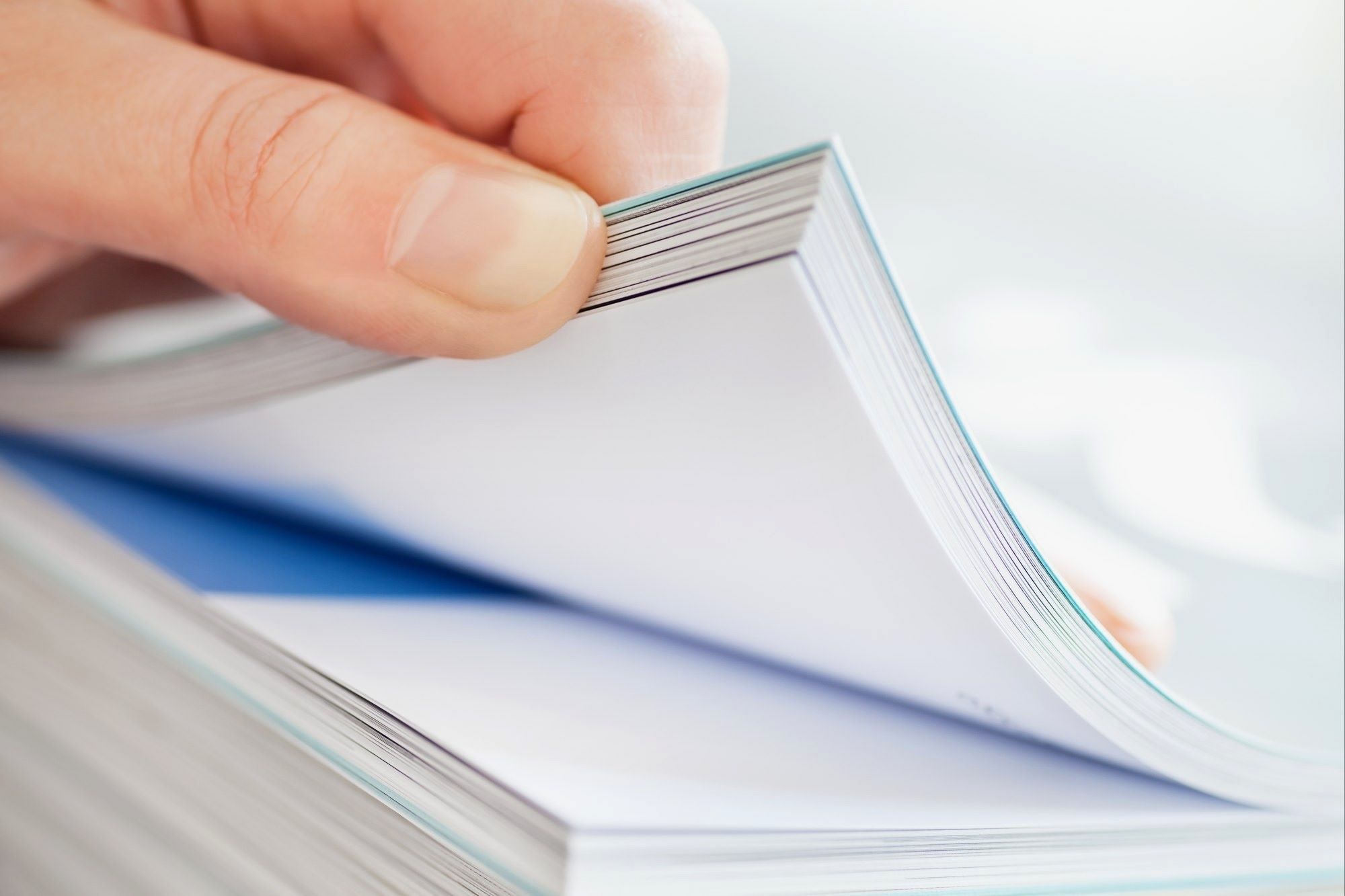
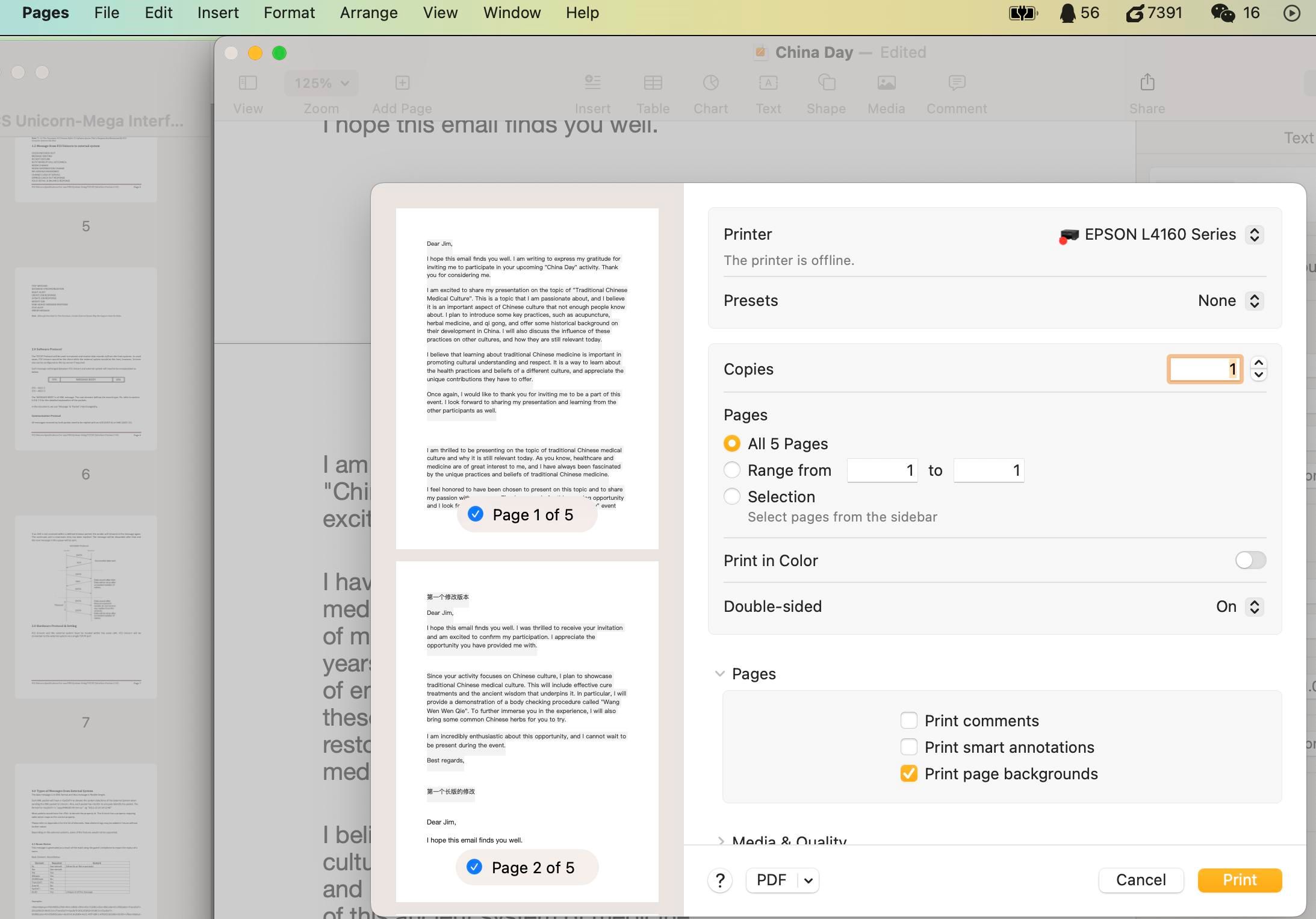
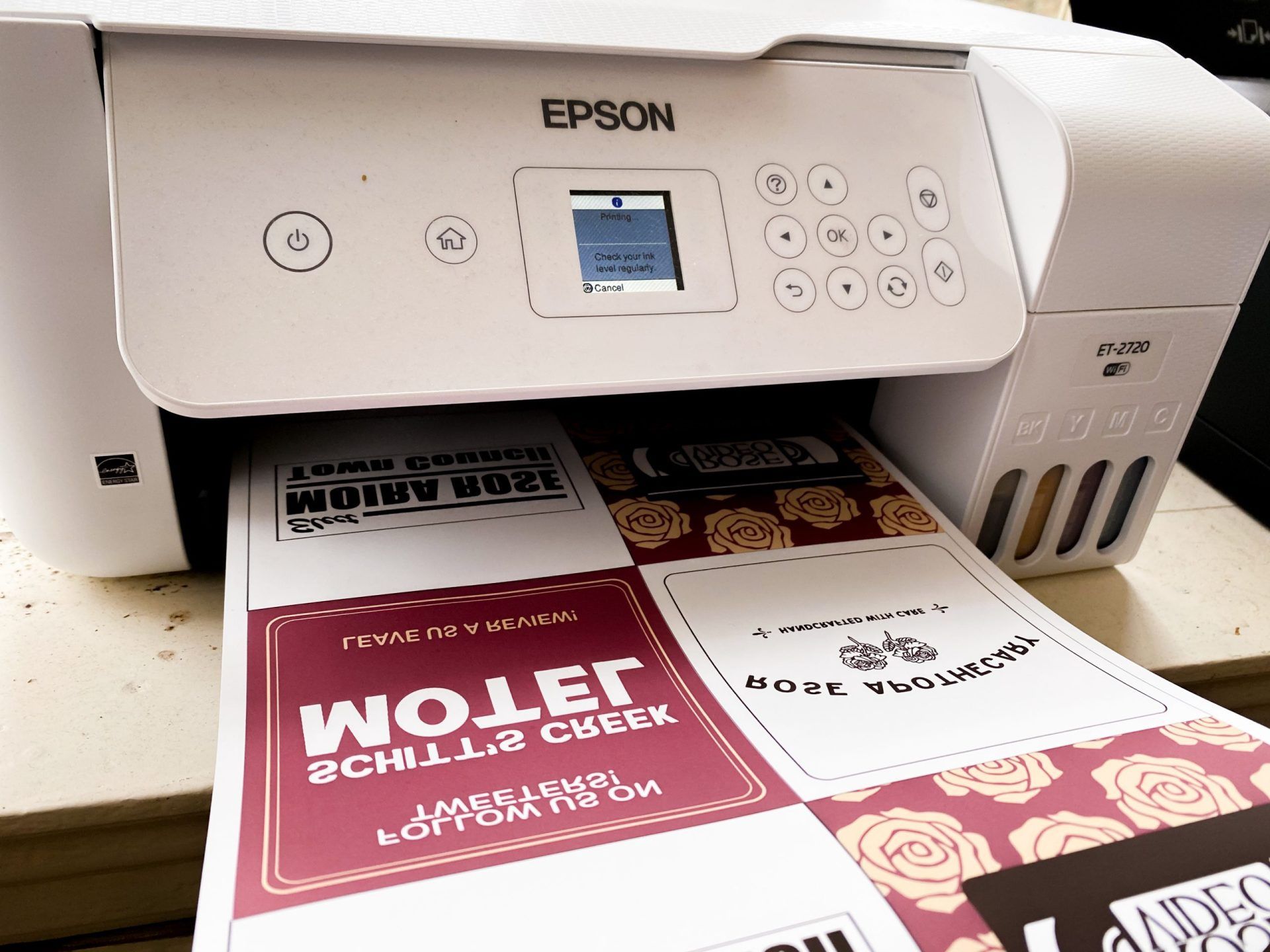
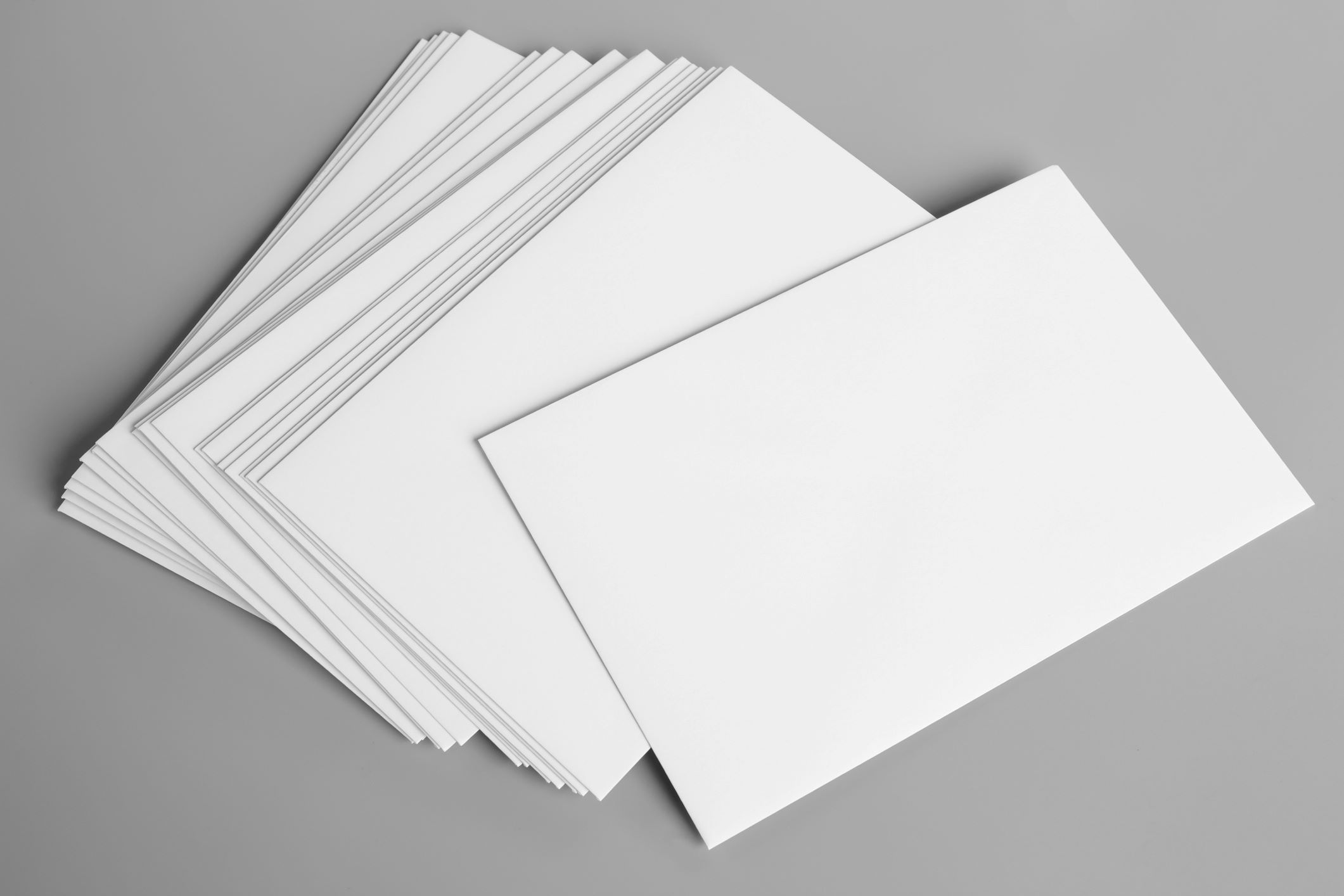
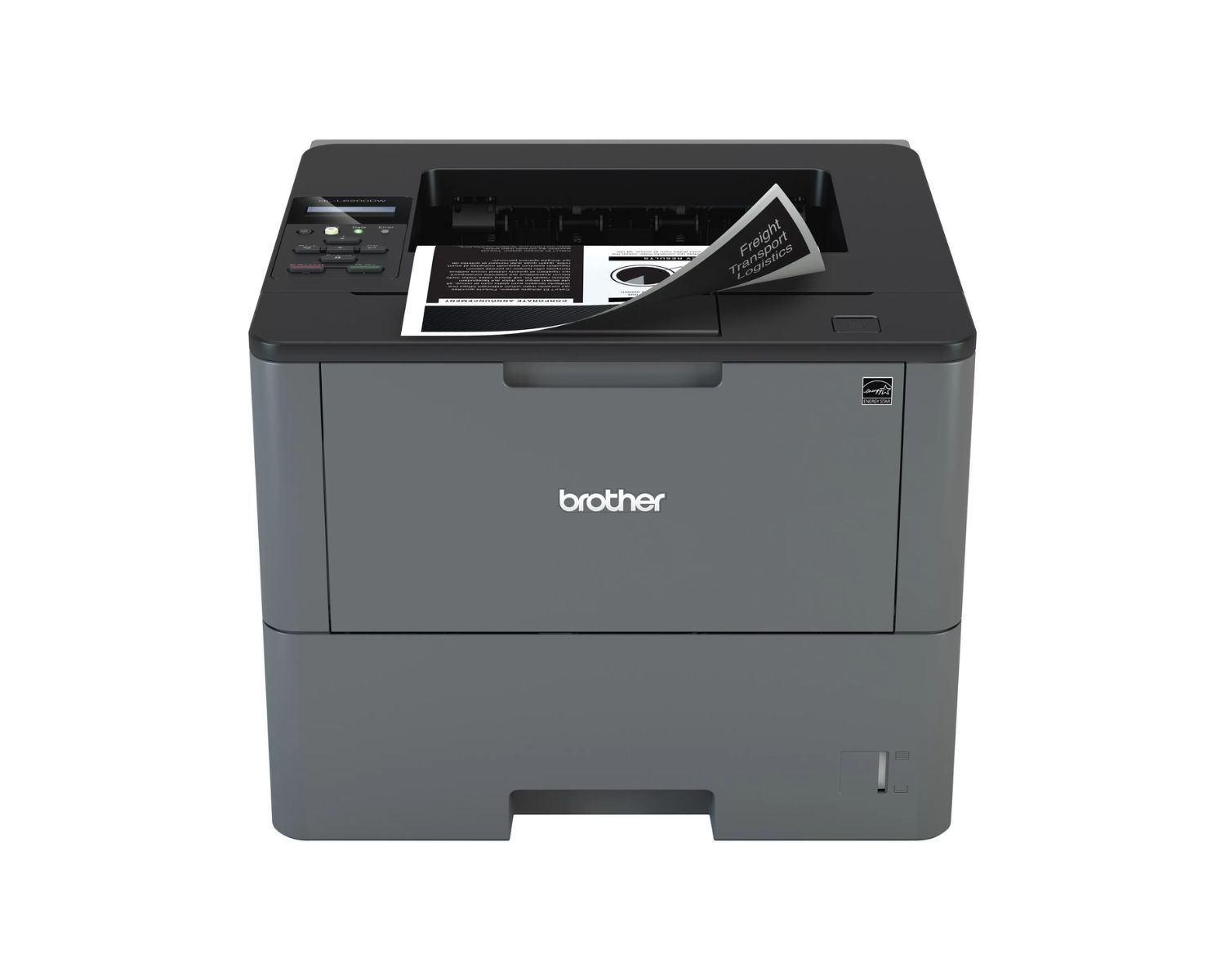
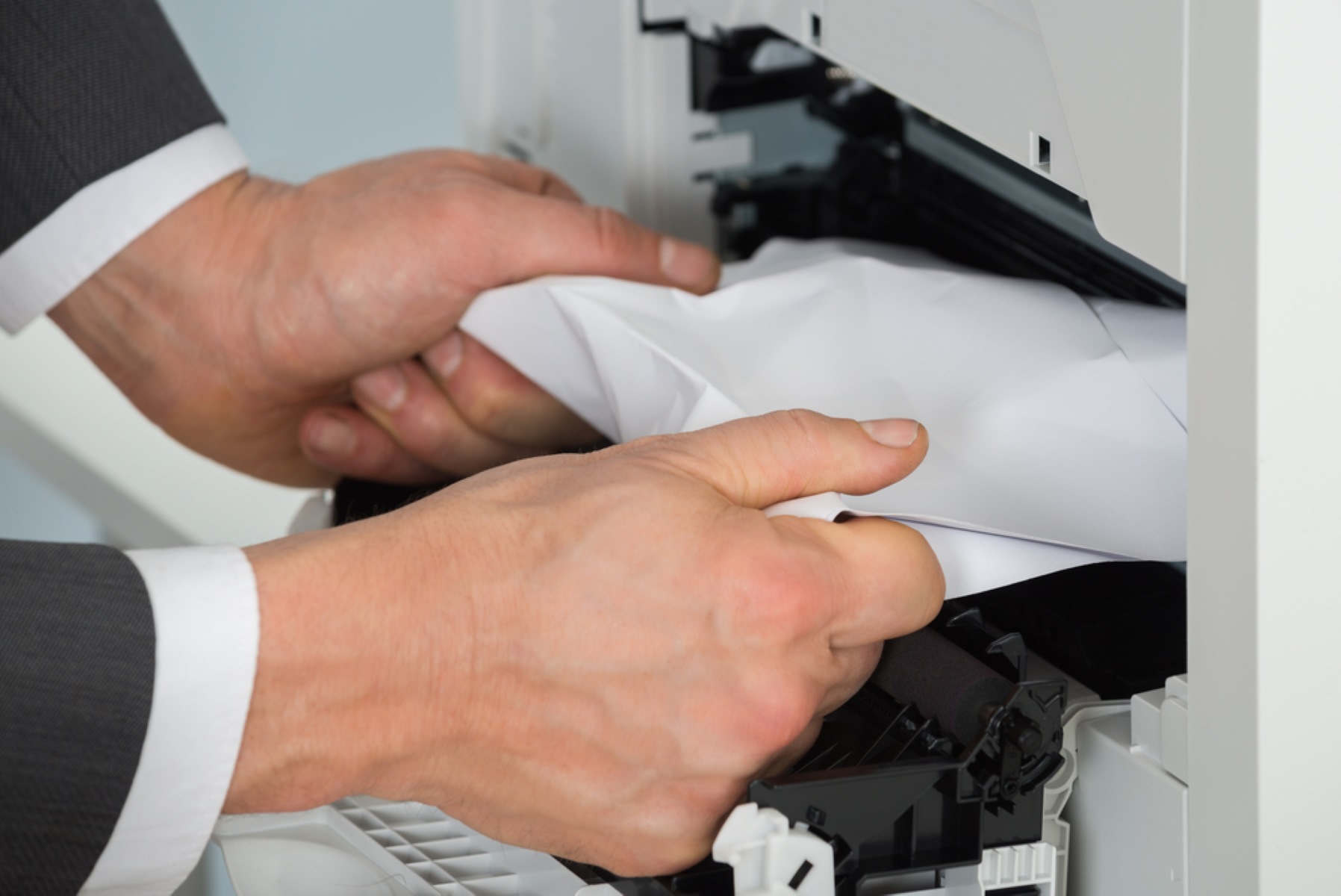

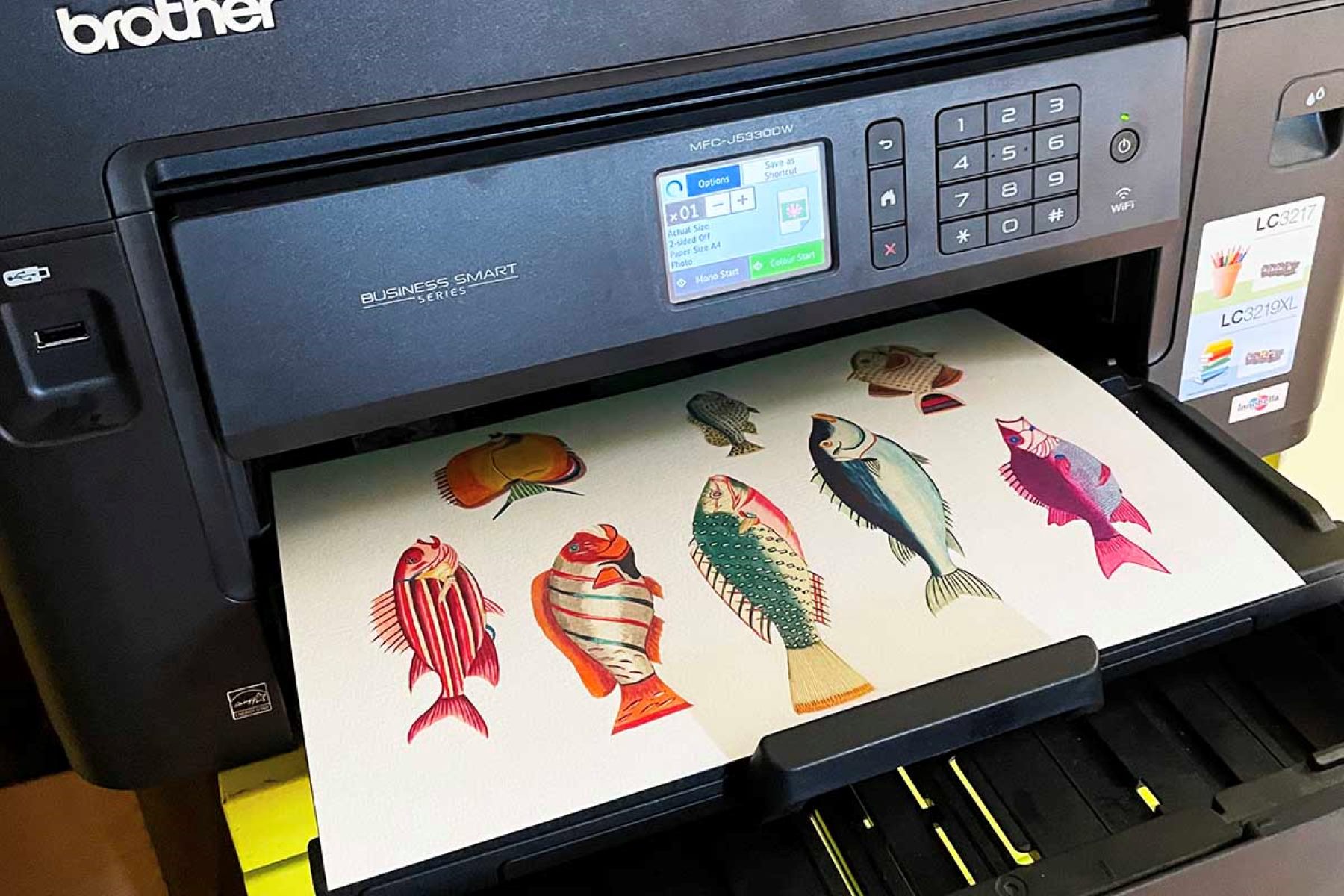
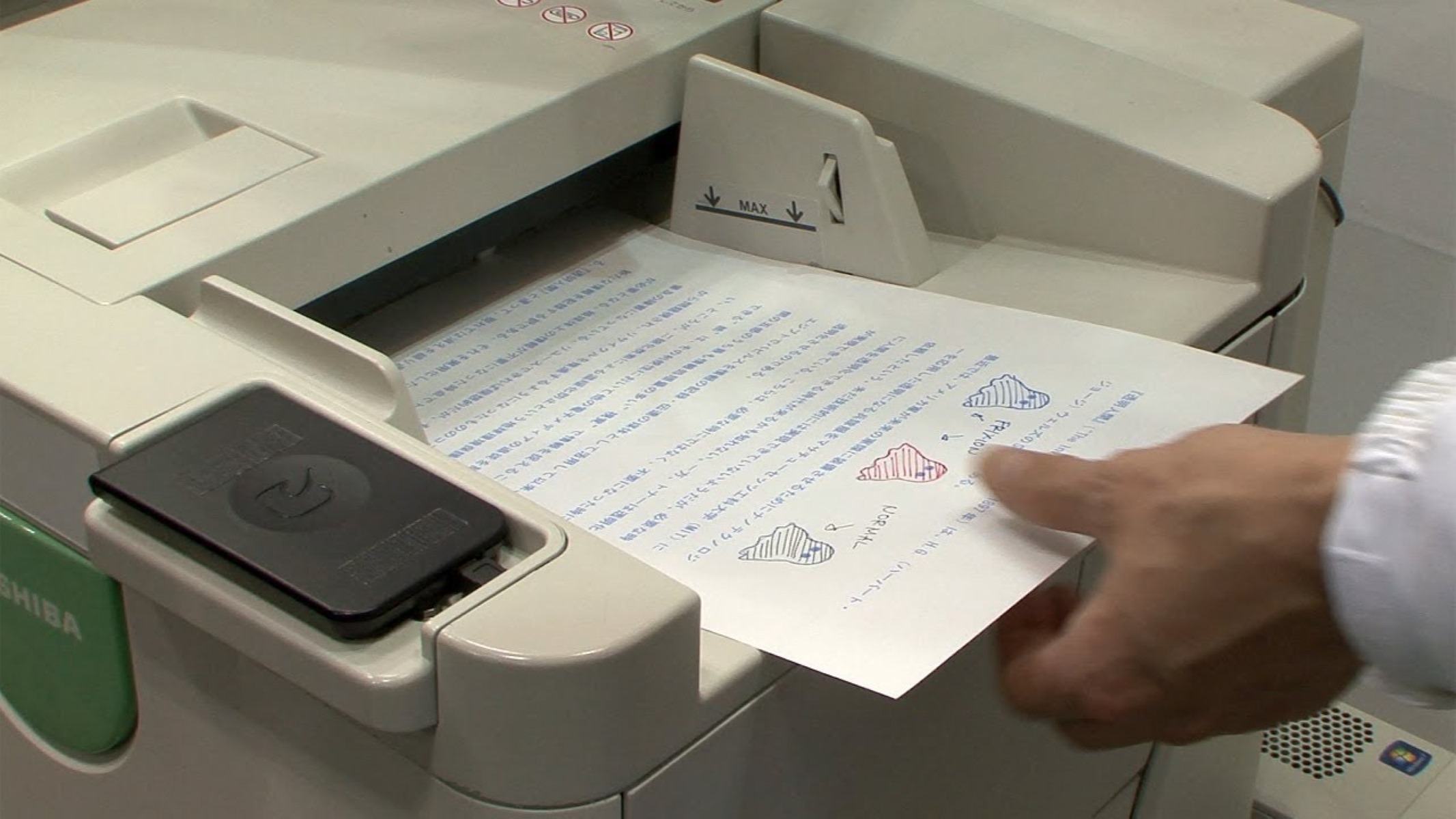
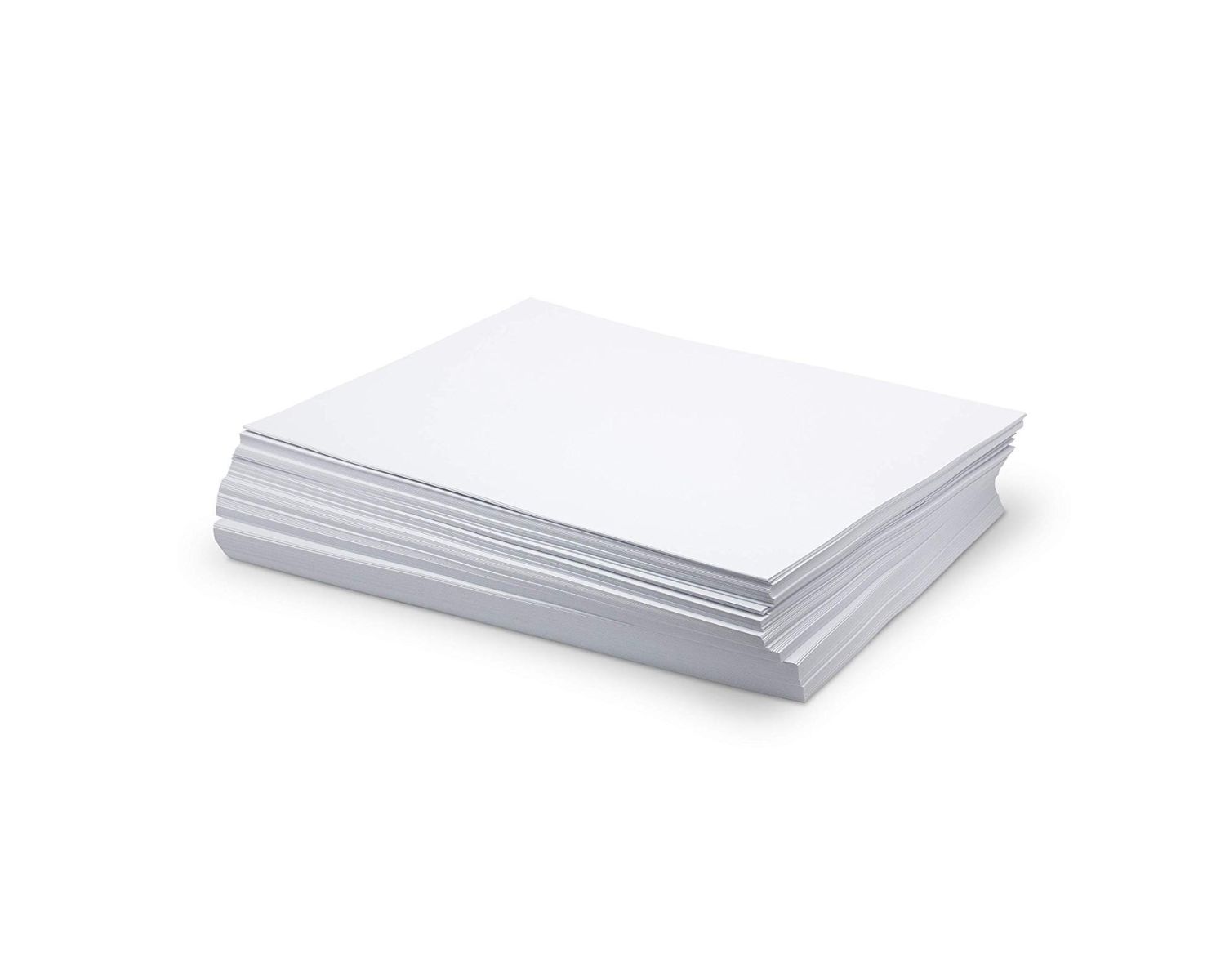
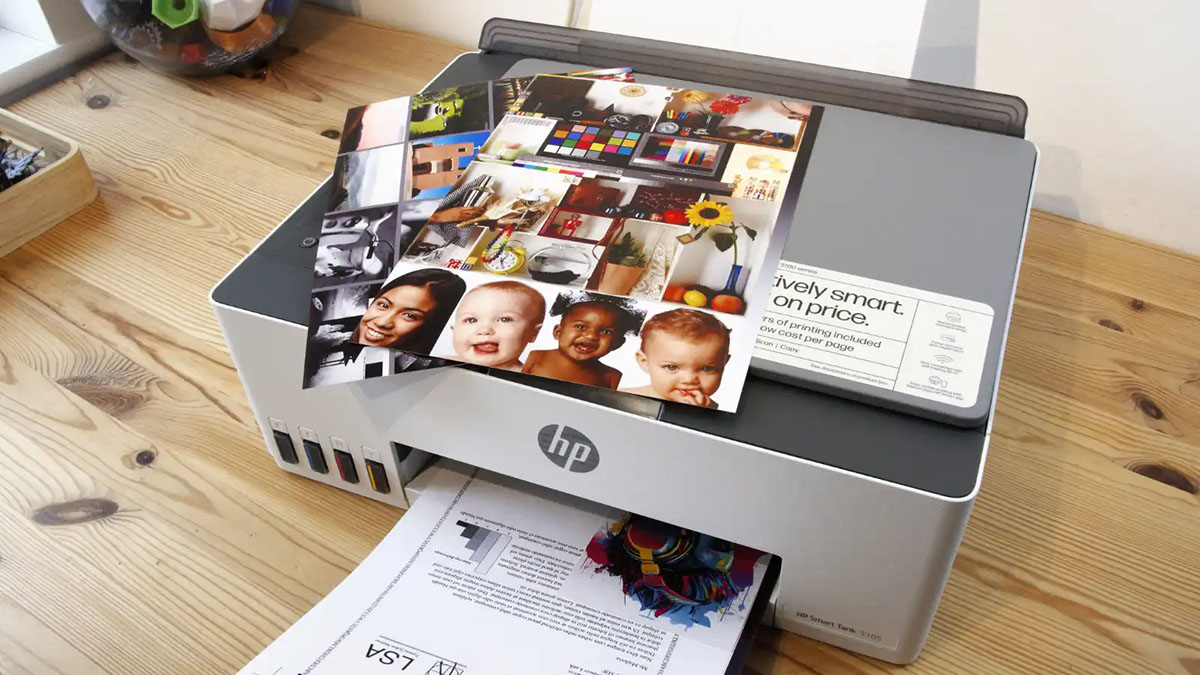
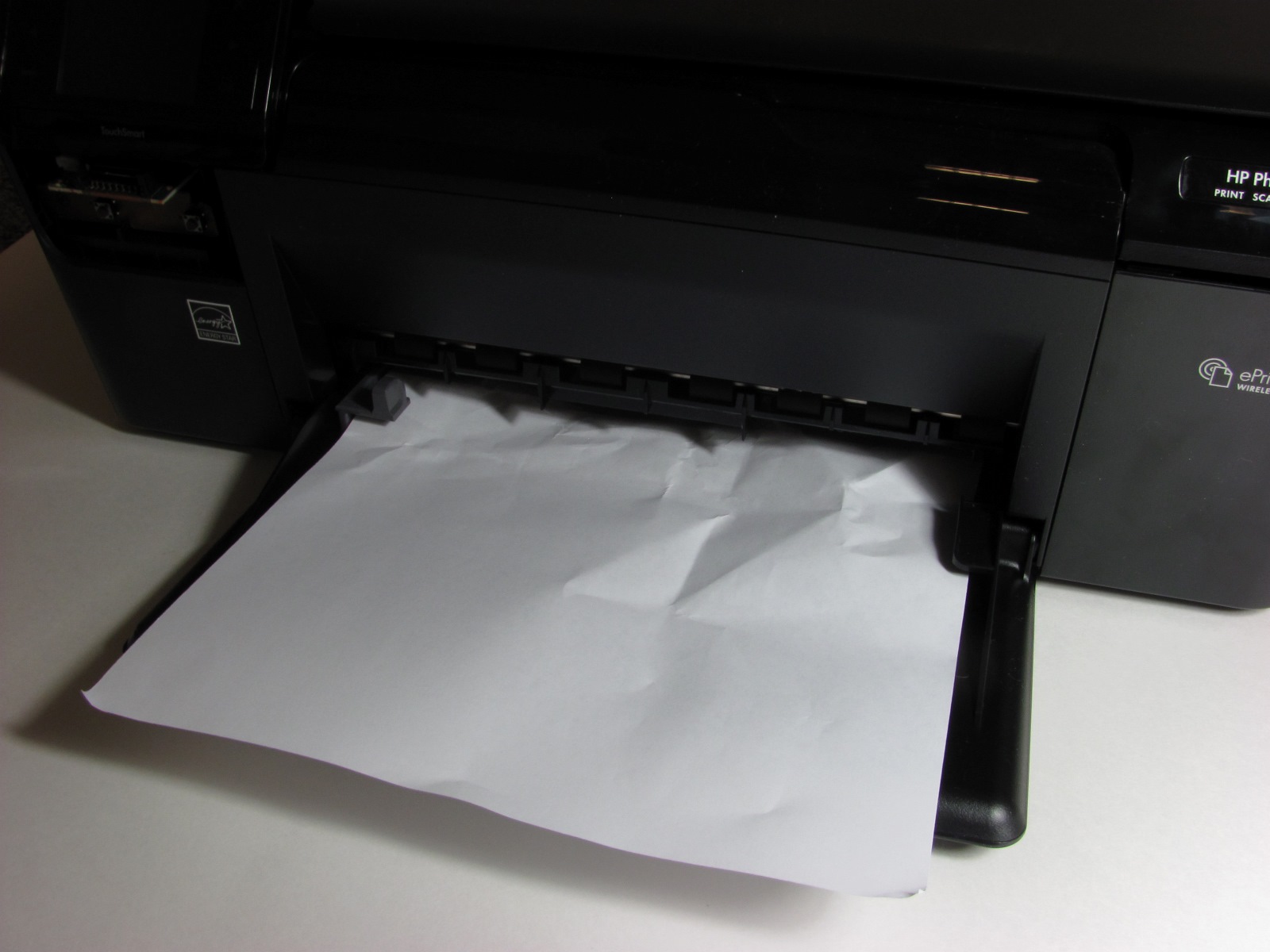
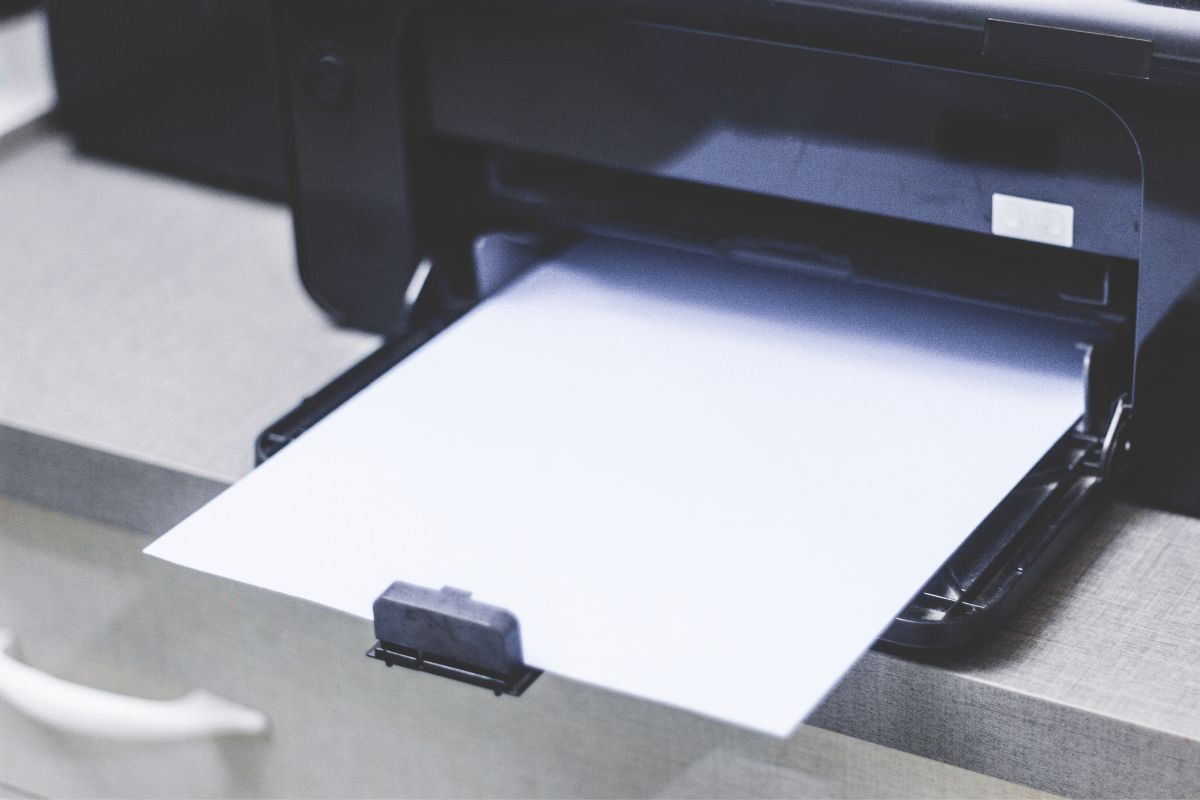

0 thoughts on “How Thick Is Standard Printer Paper”